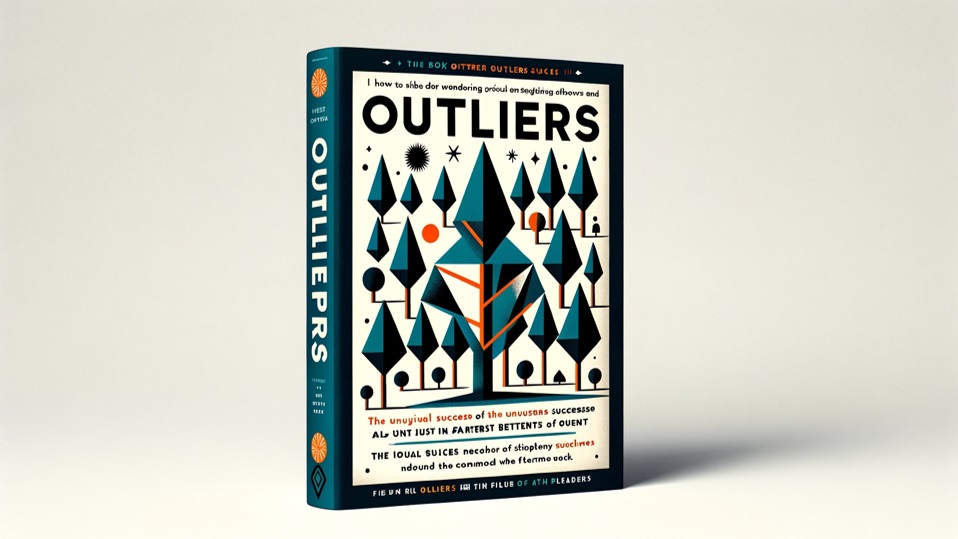
Thinking, Fast and Slow
"Thinking, Fast and Slow" is a best-selling book by Nobel laureate Daniel Kahneman, which explores the dual systems of the human mind. The book delves into the dichotomy between two modes of thought: "System 1" (fast, intuitive, and emotional) and "System 2" (slower, more deliberative, and more logical). Here's a summary of the key points from the book:
1. System 1 and System 2: Kahneman explains that System 1 is fast, instinctive, and emotional, responsible for quick judgments and intuitions. System 2, on the other hand, is slower, more deliberate, and more logical, overseeing complex calculations and conscious decision-making.
2. The Role of Heuristics: The book discusses how System 1 relies on heuristics (mental shortcuts) to make quick decisions. While these can be helpful, they often lead to biases and errors in judgment.
3. Cognitive Biases: Kahneman explores various cognitive biases, such as the anchoring effect, availability heuristic, and substitution, which affect our decisions and judgments.
4. Prospect Theory: The book explains Prospect Theory, for which Kahneman won the Nobel Prize. It shows how people value gains and losses differently, leading to irrational financial decisions.
5. Overconfidence: Kahneman examines the bias of overconfidence in human judgment, highlighting how our confidence in our intuition often exceeds its accuracy.
6. The Planning Fallacy: The book addresses our tendency to underestimate the time, costs, and risks of future actions and overestimate the benefits, leading to overly optimistic forecasts.
7. The Impact of Framing: Kahneman demonstrates how the way information is presented (framing) significantly affects decisions and judgments.
8. Experiencing Self vs. Remembering Self: The book distinguishes between the 'experiencing self' that lives in the present and the 'remembering self' that maintains the story of our life, influencing decision-making and happiness.
9. Two Selves: Kahneman concludes by discussing how our experiences and memory can differ, leading to biases in how we perceive our happiness.
"Thinking, Fast and Slow" is a comprehensive examination of how our minds work, revealing the extraordinary capabilities—and also the faults and biases—of fast thinking, and the pervasive influence of intuitive impressions on our thoughts and choices. The book has had a profound impact across various disciplines, including economics, medicine, and politics, by reshaping our understanding of human reasoning and decision-making.







